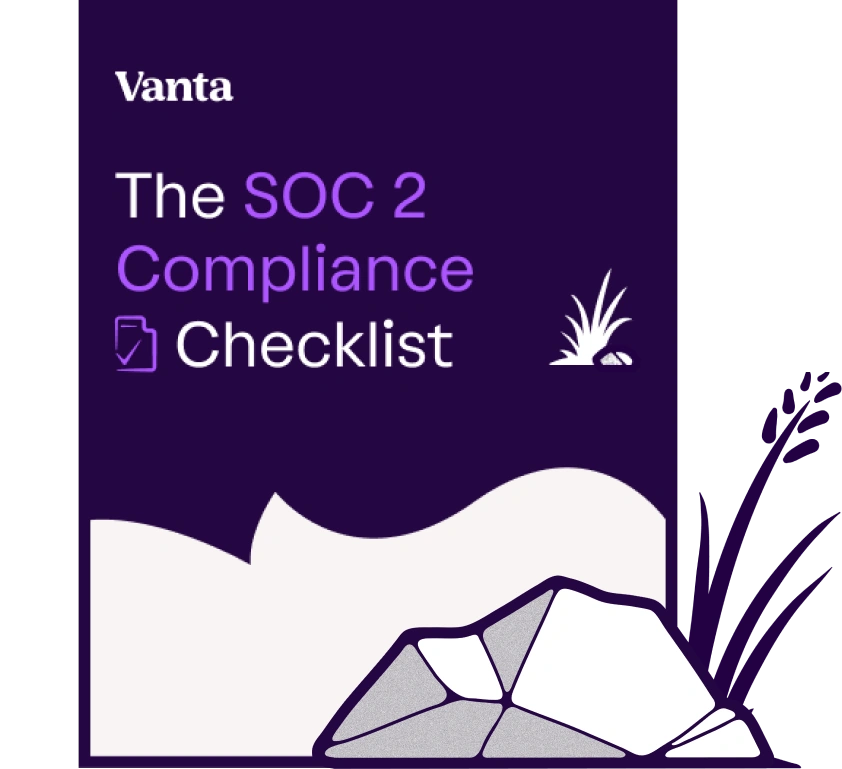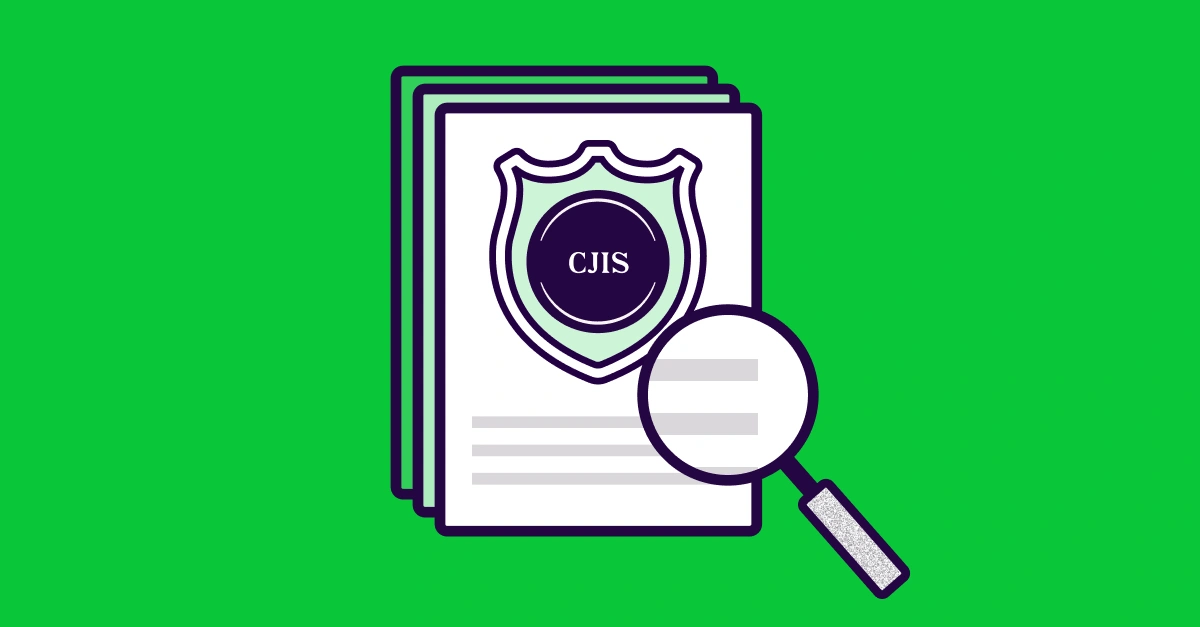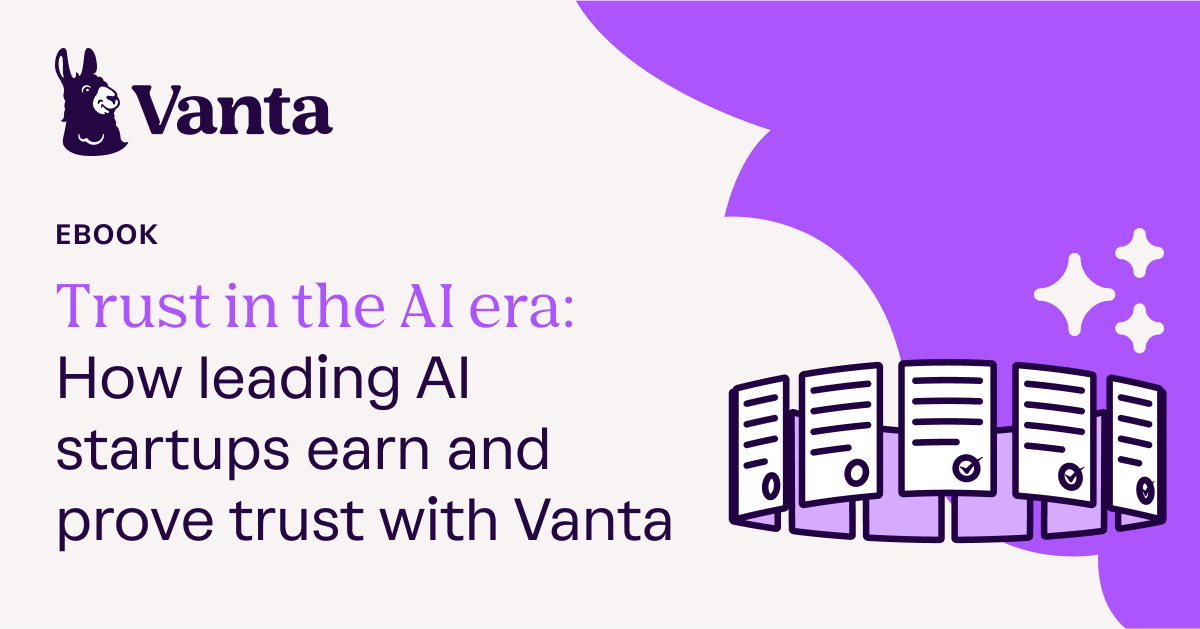Share this article

The buyer’s guide to automated compliance for startups
Accelerating security solutions for small businesses Tagore offers strategic services to small businesses. | A partnership that can scale Tagore prioritized finding a managed compliance partner with an established product, dedicated support team, and rapid release rate. | Standing out from competitors Tagore's partnership with Vanta enhances its strategic focus and deepens client value, creating differentiation in a competitive market. |
Getting your first SOC 2 or ISO 27001 certification and building your security program used to be a painfully slow and manual process. But thanks to automation, the path to compliance has gotten a lot faster and simpler, lowering the barrier to entry for security-minded startups that want to build and demonstrate trust with customers early on. Automation also enables growing companies to scale confidently, knowing their systems are ready to meet the demands of more scrutiny, more users, and more complexity.
The problem is, not all automated compliance tools are created equal. Every vendor says their tool will get you through your first audit, but many come with hidden costs in time and effort. Others claim to grow with you, only to leave you redoing work or replacing tools. The best ones get you compliant fast and grow with you every step of the way.
At Vanta, we’ve helped thousands of fast-growing startups like Clay, Ashby, and Sierra get compliant fast and mature their security programs. We’ve seen what sets teams up for speed today and scale tomorrow, so we put together this buyer’s guide to help you understand what to look for in automated compliance tools and avoid the compliance debt that slows so many companies down.
How to choose an automated compliance tool that gets you audit-ready fast and scales as you grow
As you kick off your buying process, keep in mind that the tool you choose today does more than get you through your first audit. It shapes how much time you save, how quickly you can scale, and how confidently you manage risk over time.
We’ve talked to many founders and teams who chose a tool that looked good on paper—only to find themselves buried in manual tasks or unable to scale after their first audit. That’s where the following buying considerations come in. From completeness of offering to ease of use, these criteria will help you compare tools and avoid hidden costs down the line.
1. Prioritize track record and product innovation
What sets the best automated compliance tools apart is vendor experience and expertise. This directly influences the depth and breadth of product capabilities, the pace of innovation, and the level of support provided. Look for a vendor that has a strong track record of success and ships often—not one that’s playing catch-up or chasing market leaders.
Questions to ask:
- How long has the vendor been in the automated compliance space? The more experience a vendor has, the more mature their product and customer experience.
- How many customers does the vendor have? Proven success with leading companies—especially those at a similar stage or ones you aspire to become—signals vendor maturity and reliability.
- What has the vendor shipped in the last 6-12 months? Product innovation should add value for customers—not just pay down technical debt.
- How is the vendor approaching AI? Compliance is time-consuming—and becoming more complicated due to AI. Vendors that support AI-specific frameworks (like ISO 42001) and use AI to further reduce manual work (like answering security questionnaires) are best positioned to help companies build trust in the age of AI.
“Given Vanta's reputation as a leader in the field, it was an obvious choice for us to partner with them. As we strive to become leaders in interaction analytics, collaborating with compliance frontrunners like Vanta is the logical path forward.” - Jigung Kim, Coxwave
2. Choose a complete, truly automated solution
Some tools promise automation, but still require you to chase screenshots, upload evidence manually, or monitor progress in spreadsheets. Real automation should do more than track tasks. It should reduce your effort by writing system descriptions for you, finding and fixing broken tests, and speed up policy creation. Look for a platform that gives you time back through automation and helps you stay compliant through continuous monitoring.
Questions to ask:
- Are tests actually automated or just scheduled reminders? True automation means evidence is automatically collected and tests are run hourly, not batch processed once a day or week allowing time for a cyber threat to expose a vulnerability.
- Can the tool help remediate failed tests or just flag them? Look for AI-driven remediation that offers actionable fixes—not just alerts.
- Does the tool have a smart policy builder? Creating and implementing new policies is one of the most time-consuming parts of getting compliant. Look for a tool that can quickly generate audit-ready policies.
- How many integrations does the vendor support? What’s the scope and depth of their integration? The right tool should integrate across your stack (like your cloud infrastructure, HR systems, codebase), go beyond surface level APIs, and continuously monitor your systems to catch issues early. Look for a vendor that actively invests in the breadth, depth, and capabilities of their integrations to continuously support real compliance outcomes.
“Vanta makes it easy to stay secure while moving fast. We have real-time visibility into our posture and always know where to act. It's compliance that fits how modern teams operate.” — Everett Berry, GTM Engineering at Clay
3. Avoid confusing low price with real value
If you have a tight budget, it’s easy to default to price when choosing an automated compliance tool. But pricing that seems too good to be true often is. That’s why it’s critical to look beyond a lower sticker price and dig into hidden costs, from time spent on manual work and delayed audits to hiring external consultants.
Questions to ask:
- What work still falls on my team? Tools without full automation, team ownership, or comprehensive personnel security still require hundreds of hours of work, from taking screenshots and manual access reviews to gathering evidence multiple times a year.
- Can the vendor quantify the time or cost savings their product delivers? Look for vendors who can back up ROI claims with data, case studies, or third-party validation.
- Are there additional costs, like needing a third-party consultant or switching platforms later? Understand what’s included in the sticker price—and what’s not. Some tools create compliance debt that costs more to unwind later.
- How does pricing change as your company scales? Look for a vendor with predictable pricing and renewal terms as you grow. Some tools seem affordable at first but later surprise you with additional costs or forced upgrades.
With Vanta, teams spend 82% less time on audits while completing 142% more attestations. - IDC, The Business Value of Vanta
4. Plan ahead for future scale
Many tools are built to help you complete your first single audit. But what happens when you’re ready to mature your program, add new frameworks, or expand into regulated markets? Your automated compliance tool should be scalable so that your security program grows with you—not against you. Look for a vendor that supports a breadth of frameworks, cross-mapped controls, and scoping and customization capabilities.
Questions to ask:
- Does the vendor offer comprehensive framework coverage? Look for a vendor that provides a breadth of compliance frameworks, from widely accepted standards like SOC 2 and ISO 27001 to industry-specific frameworks like HIPAA and PCI-DSS and AI-focused ones like ISO 42001 and NIST AI RMF.
- Does the vendor support cross-mapping? Many frameworks have overlapping controls and requirements. An automated compliance tool with cross-mapping capabilities enables you to pursue additional frameworks without duplicating work.
- Will we be able to segment and scope environments as we grow? Scoping controls by environment or business unit becomes essential as complexity increases.
- Can we customize policies and reporting capabilities? Templates are great to start—but custom policies and flexible reporting are must-haves for evolving security programs.
- Can we streamline vendor security reviews and autofill security questionnaires? As your company grows, so will the volume and complexity of third-party due diligence. Look for a tool that simplifies these workflows, so your team can respond faster.
“Vanta is very forward-looking, as to what they believe their customers’ needs are going to be—the addition of frameworks, different features—it keeps pace with our growth.” —Bob Maley, CSO at Black Kite
5. Don’t overlook support and services
Even the best tool needs strong support behind it—especially when you’re navigating a first audit, a tight deadline, or new frameworks. The right partner will offer more than a help center. Strong onboarding will get you on the path to compliance sooner and having access to both technical and compliance experts will help you stay on track from start to finish.
Questions to ask:
- What kind of onboarding and support does the vendor offer? Strong programs include technical onboarding, guidance through compliance workflows, and expert support through the audit process.
- Where is the vendor’s support team located and when are they available? Make sure that your vendor provides local support in your region and time zone so that you’ll have access to help when you need it, from onboarding to audit completion.
- Does the vendor have a network of vetted auditors and partners? Look for a vendor that has a deep network of auditors and partners who can provide additional support and services to get you through audit quickly.
Get started with Vanta
Thousands of companies trust Vanta to get compliant fast and build a scalable security foundation. From founder-led teams to startups with hundreds of employees, find out why Vanta is #1 in SMB Security Compliance on G2. Talk to our team today.
{{cta_simple11="/cta-blocks"}}





FEATURED VANTA RESOURCE
The ultimate guide to scaling your compliance program
Learn how to scale, manage, and optimize alongside your business goals.















.png)

.png)
.png)









.svg)
.svg)
.png)
.png)
.png)